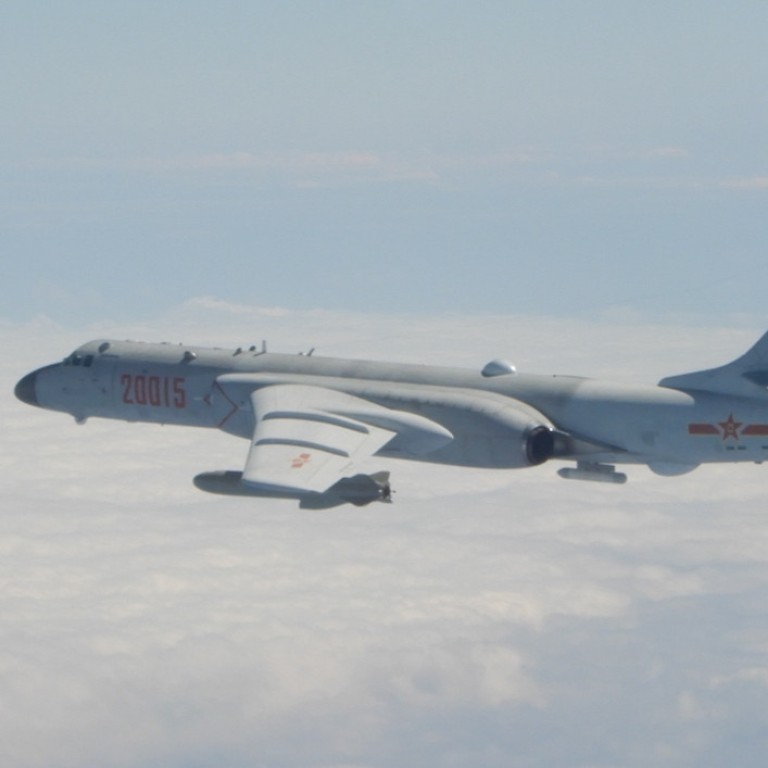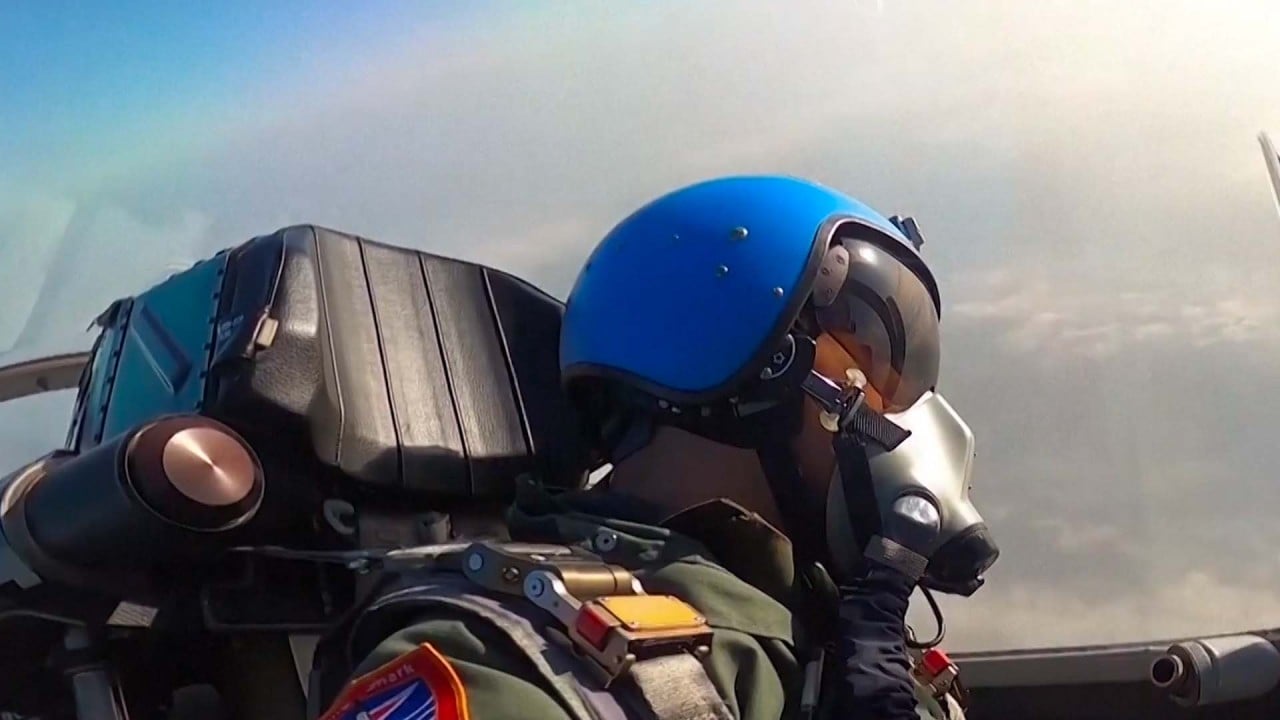
China’s H-6 bombers in show of air-navy coordination near southern Japan, military experts say
- 3 PLA planes pass near Okinawa while carrying powerful cruise missiles and radar-jamming devices
- The mission follows muscle flexing by Chinese and Russian warships in waters around Japan
China sends long-range bomber to border with India
The YJ-12 is considered Beijing’s most dangerous anti-ship missile because of its range and speed. The missile can be launched from land, air and sea, and has advantages over the ship-borne air-defence systems on American aircraft carriers, according to a December report in the Taiwanese military’s Navy Professional journal.
The missile has a range of over 400km (248.5 miles) and its warhead can reach a target within 30 seconds, making it almost impossible to intercept, according to the report.
It is rare for both the navy and air force to fly H-6s at the same time, and this mission was aimed at enhancing coordination in combat, Chinese military expert Fu Qianshao said.

On Wednesday, Japanese Defence Minister Nobuo Kishi said his country had confirmed that five Russian navy vessels had sailed southward off Hokkaido in the Pacific Ocean and then passed through the Tsushima Strait in southwestern Japan before moving to the Sea of Japan, or East Sea, earlier this month.
He described the actions as “almost circling Japan”, and said three Chinese navy ships were following a similar path.
Kishi expressed concern over “nearly 10 Russian and Chinese ships moving around our nation in such a short period of time in similar courses”. He said another six Chinese vessels passed near the southern island prefecture of Okinawa when they moved from the East China Sea towards the Pacific last week, according to Kyodo news.
On Sunday, a Chinese Navy Type 815A intelligence ship sailed through the waters between Japan’s Mikura Island and Hachijo Island, according to the Japanese Defence Ministry.
Fu said China’s warship activity was conducted in international waters and flights by Chinese warplanes in the area had become “normalised”.


